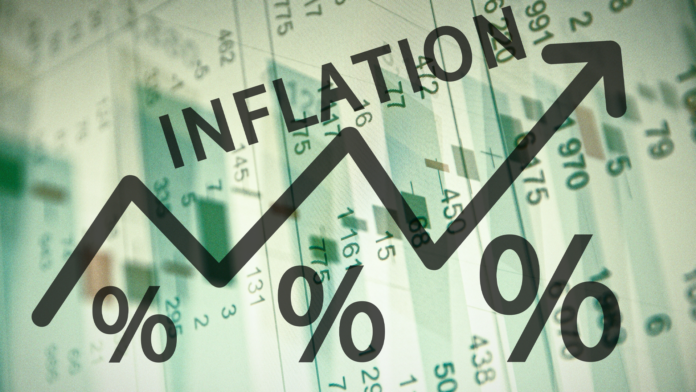U.S. wholesale price increases slowed in July, indicating that inflationary pressures are moderating as the Federal Reserve (Fed) moves closer to potentially cutting interest rates, expected early next month. The Labor Department reported Tuesday that its Producer Price Index (PPI), which tracks inflation before it reaches consumers, rose 0.1% from June to July and 2.2% from a year ago.
Excluding food and energy prices, which tend to fluctuate month to month, so-called core wholesale prices were unchanged from June and up 2.4% from July 2023. The increases were more moderate than expected and are roughly consistent with the Federal Reserve’s 2% inflation target. The Producer Price Index can provide an early signal of the direction consumer inflation will take.
Economists also follow it closely because some of its components, particularly health care and financial services, are included in the Personal Consumption Expenditures (PCE) index, the Fed’s preferred inflation gauge.
Upcoming Release of Consumer Prices
The Labor Department will release the Consumer Price Index (CPI), the primary measure of inflation, on Wednesday. Forecasters estimate that consumer prices rose 0.2% from June to July, after falling 0.1% the previous month, and 3% from July 2023, according to a survey by data firm FactSet.
Inflation has decreased significantly since reaching a four-decade high in mid-2022. However, as Americans prepare to vote in the November presidential election, many remain dissatisfied with consumer prices, which are about 19% higher than before the inflationary spike began in the spring of 2021. Many have blamed President Joe Biden, although it remains unclear whether Vice President Kamala Harris, a presidential hopeful, will also face accountability.
The Federal Reserve May Soon Lower Interest Rates
The Fed, in its fight against high inflation, raised its benchmark interest rate 11 times in 2022 and 2023, bringing it to its highest level in 23 years. Year-over-year consumer price inflation has fallen from 9.1% in June 2022 to 3% as of the latest report. The much weaker-than-expected July U.S. employment report reaffirmed the general expectation that Fed policymakers may begin cutting rates when they meet in mid-September to support the economy. The employment report indicated that the unemployment rate rose for the fourth straight month to 4.3%, still good by historical standards, but the highest level since October 2021.
Over time, a series of rate cuts by the Fed would likely lead to lower borrowing costs across the economy—for mortgages, auto loans, credit card loans, and commercial loans—and could also stimulate stock prices.



